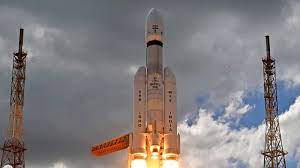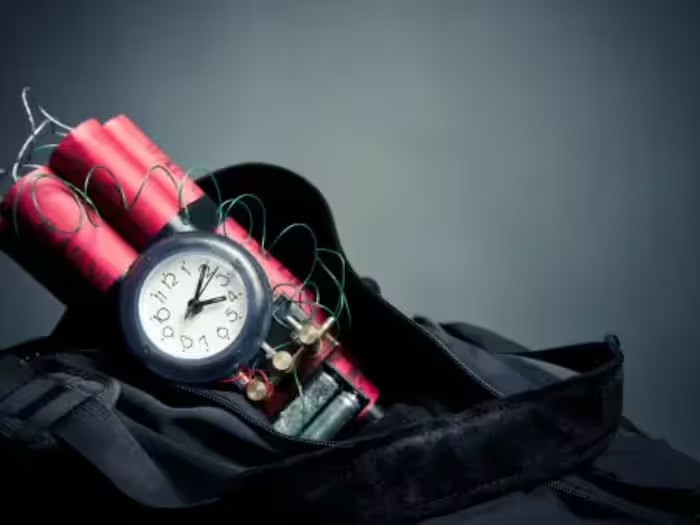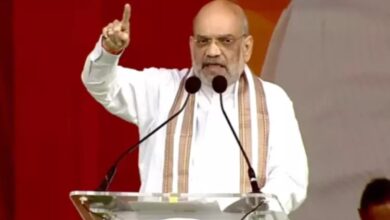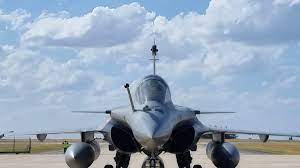Chandrayaan-3: Tonight, ISRO will set the spacecraft on course towards the moon
Tonight, Chandrayaan-3 will participate in a Trans Lunar Injection (TLI) mission by the Indian Space Research Organization (ISRO). After the TLI, the spacecraft, which has been traveling through space for approximately 15 days, will be directed toward the moon.
This critical procedure will occur at midnight on August 1 between 12 and 1 am, according to ISRO’s plan. This is anticipated to persist for between 28 and 31 minutes, during which time the spacecraft’s Propulsion Module’s engines will regenerate and increase velocity.
Trans Lunar Injection: What is it?
TLI is a propelling maneuver that aids in putting a spacecraft on a path that will lead it to the Moon. This procedure, which comprises a specific burn and is typically carried out by a chemical rocket engine, accelerates the spacecraft.
Its orbit shifts from a low, circular Earth orbit to a very eccentric orbit as a result of the increasing speed. In a particular method, the TLI burn is scaled and timed to precisely target the Moon.
The timing of the TLI burn assures that the spacecraft will be close to apogee, or its closest point, as the Moon approaches. After that, the spacecraft will do a hyperbolic lunar swingby and enter the orbit of the Moon.
On July 14, Chandrayaan-3 was successfully launched from Sriharikota’s Satish Dhawan Space Center. The mission has successfully completed five orbit-raising maneuvers since launch. An important stop along the way to the Moon is this planned TLI.
According to sources, Chandrayaan-3 will start on its lunar transfer arc after successfully completing the TLI, roughly following an elliptical trajectory around the Earth with an apogee close to the radius of the Moon’s orbit.
The spacecraft is anticipated to arrive in the Moon’s orbit after completing a series of challenging maneuvers. The project will also be in its moon-centric phase once it reaches orbit. The separation of the lander, a series of deboost maneuvers, and finally the drop phase for a gentle landing on the Moon’s surface will be followed by a series of other significant events.
The Chandrayaan-3 spacecraft is carrying the scientific equipment intended to explore various features of the Moon’s surface. These features include lunar seismicity, the thermophysical properties of lunar regolith, the plasma environment on the lunar surface, and the elemental makeup of the region around the landing site on the Moon, according to sources.
The whole cost of the Chandrayaan-3 mission is Rs 615 crores, which is much less than the cost of Chandrayaan-2, which was Rs 978 crores.
The mission marked a turning point in the country’s space exploration history. After landing, the spacecraft will be in operation for one lunar day, which is equivalent to about 14 days on Earth.
Chandrayaan-1, the first mission, was launched in 2008 and successfully inserted itself into lunar orbit. Chandrayaan-2, which was launched in 2019, also successfully reached lunar orbit but suffered a setback when its lander veered off course and crash-landed on the moon’s surface because of a technical error.
Chandrayaan-3, the third lunar exploration mission by the ISRO, will be launched by the LVM3 (Launch Vehicle Mark 3) from the Satish Dhawan Space Centre (SDSC) SHAR in Sriharikota. It consists of a Lander and Rover combination.







